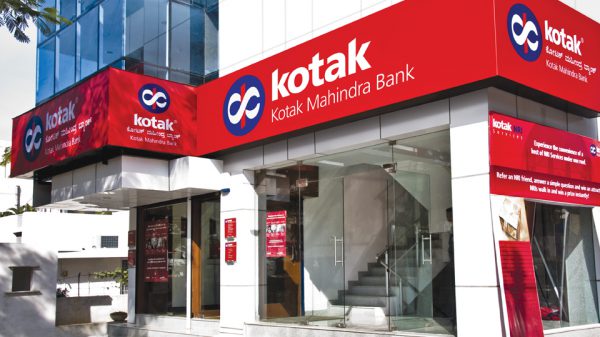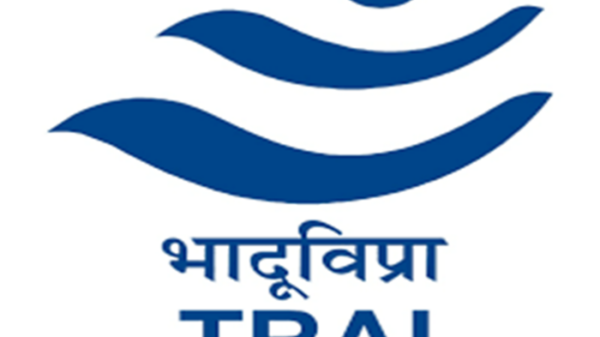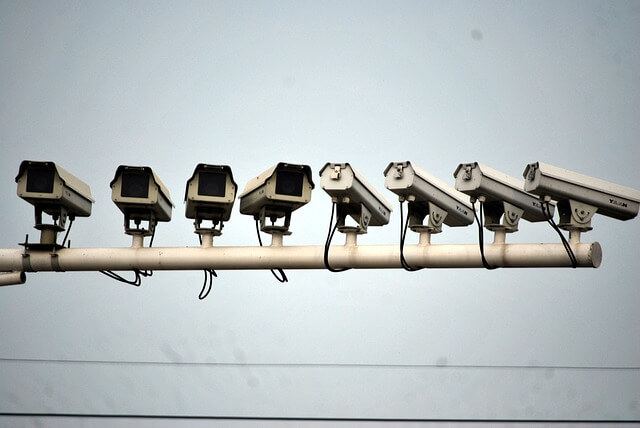By Kumar Sambhav Shrivastava, Scroll.in
On August 3, the Centre withdrew its proposal of creating a Social Media Communication Hub, through which it wanted to monitor the social media accounts of citizens, after the Supreme Court called the plan an attempt at creating a “surveillance state”. But even before this plan of the government could come under public scrutiny, several of its agencies had been using a “strategic” tool that conducts mass surveillance of citizens’ social media activities, show documents reviewed by Scroll.in.
The tool – Advanced Application for Social Media Analytics or AASMA – was developed by the Indraprastha Institute of Information Technology, Delhi, a Delhi government university, with funding from the Union Ministry of Electronics and Information Technology around 2013-2014. Since then, its use by government agencies has grown manifold without much public scrutiny.
“Government of India has officially declared this project as STRATEGIC in nature and is closely monitoring the growth of the same,” says the Indraprastha Institute of Information Technology’s annual report of 2016-2017. According to the report, more than 40 state and Central government departments had deployed the tool by April 2017 and another 75 had requested its installation at the time.
The report goes on to say, “AASMA has been discussed at the secretary / minister level… Some agencies have also given formal feedback in writing that the tool is very useful to them and they are using it for their internal purposes.” It, however, does not name the departments using the surveillance tool or in the process of installing it. Nor does it specify the purpose they are using it for.
The limited information about the features of AASMA in publicly available government documents suggests the tool can “24X7” collect and analyse “live data” on users from “multiple social networks” including Twitter, Facebook, YouTube, Flickr, and Google+. It can track social media profiles, their posts and networks of connections to identify “top users”, conduct “sentiment analysis” of their posts to categorise them as either “positive” or “negative”, according to a note by the National Police Mission on use of the tool for surveillance for police departments. It can also track users’ devices and their locations and send “alerts” to authorities depending on the “criteria” set by the authorities, the note says. It adds that the police would use AASMA to “track public views and sentiments on various social media platforms”, to handle “sensitive issues and protests”.
According to the curriculum vitae of Ponnurangam Kumaraguru, associate professor at the Indraprastha Institute of Information Technology, Delhi, the tool has been requested by the armed forces too.

‘We don’t know who is using it for what purpose’
It is not clear from the documents if the use of AASMA is limited to security and intelligence agencies. It is also not clear what oversight these agencies have on the surveillance tool to prevent any misuse of personal data collected by it. Given that India does not yet have a law to ensure data protection or to define the process of obtaining consent from individuals before using their online data, the widespread use of a social media surveillance tool by government agencies has raised privacy concerns.
“The biggest concern around use of this tool is there is no transparency,” said Amber Sinha of the Centre for Internet and Society, a non-profit research organisation. Sinha added, “We don’t know who is using it for what purpose. We don’t know whether the government agencies are just using it to aggregate data of social media chatter or tracking profiles of past criminals or profiling each individual. If they are tracking social media activities of each individual, it would have a chilling effect on free speech.”
Raman Jit Singh Chima, Director of Public Policy at global digital rights non-profit Access Now, agreed. “If the government departments are collecting and analysing social media data of citizens on a mass scale, it is definitely surveillance,” he said. “It does not matter if the data being monitored and processed is publicly available. After the nine-judge-bench order of the Supreme Court on privacy, it is fairly clear that even the publicly-available personal data of citizens is protected.”
Chima said that for any kind of surveillance of data, the government needs to justify the purpose. “It has to have a process of authorisation for conducting such surveillance, oversight to ensure accountability and a mechanism to provide remedy in case any harm is caused by such surveillance to citizens,” he said. “Unfortunately, we don’t have such a legal process in place yet.”
Neither the Ministry of Electronics and Information Technology nor the Indraprastha Institute of Information Technology, Delhi, responded to Scroll.in’s queries on which government departments are using the tool, for what purpose, and what kind of oversight is being exercised by them.
Surveillance to influence?
Fear of misuse of social media data has increased globally over the past few months, ever since it emerged that the United Kingdom-based political consulting firm Cambridge Analytica had mined the social media data of individuals, without their informed consent, to use it for political campaigning. The company is alleged to have analysed the social media posts of millions of individuals to create their psychological profiles, which it used for targeted messaging to influence voting patterns.
Concerns over government surveillance of citizens’ social media communication grew in India after the Union Information and Broadcasting Ministry floated a tender to create a Social Media Hub in April. Scroll.in had first reported how the government wanted to use the hub to monitor the social media accounts of individuals to gauge their opinions about government policies, create “360 degree” profiles of them and target them with personalised messages to alter their opinions. The ministry had to withdraw the tender after a public interest litigation in the Supreme Court challenged it on the grounds of privacy violation.
Even as this plan of the government was challenged in the court, the Unique Identification Authority of India, which manages the Aadhaar database of more than one billion Indians, floated a tender to hire an agency to monitor social media conversations related to Aadhaar. It hoped to use this information to identify “detractors” and “influencers” and run campaigns to “neutralise” negative sentiments” on social media. This plan has also been challenged in the court.
These attempts of the government came to public notice as the procurement of software and services for the schemes was done through public procurement process. But AASMA is being installed at interested agencies on their request, away from the public glare. According to the Police Mission note, the tool would be provided free of cost to police departments by the Ministry of Electronics and Information Technology.
Secrecy around the tool
The government’s “strategic” schemes – purportedly for intelligence gathering, law enforcement and crime prevention – are shrouded in secrecy, which it justifies for the effectiveness of the schemes. And so, there is little information available on the design, features and ongoing use of AASMA.
A report in The Indian Express, published in February 2016, said the National Security Council Secretariat was planning to set up a National Media Analytics Centre, which was based on a media and social media “tracking software” designed by Ponnurangam Kumaraguru of the Indraprastha Institute of Information Technology. According to the news report, the “software would comb posts and comments to classify them into negative, neutral and positive categories” and “come up with instant counters to plug resentment triggered by news items so that personal opinions do not snowball into public protests and threaten law and order”.
The newspaper, quoting unidentified “sources”, said, “The software would also help recall the past pattern of the writer to check the number of times he took a negative or positive stand, his background, and preferences of websites and areas of interest to judge whether they were aimed at fomenting trouble or radicalisation.” There has been no information about the National Media Analytics Centre proposal in the public domain since then.
The Advanced Application for Social Media Analytics or AASMA has been developed by Kumaraguru. His curriculum vitae shows that one of the projects he has been working on since 2016, with a funding of Rs 1.69 crore from the Department of Electronics and Information Technology, is on “Integrating Open Source Intelligence from Traditional Sources and Online Social Networks for Intelligence Gathering”. Kumaraguru did not respond to Scroll.in’s repeated requests for a meeting or to email queries asking how he plans to ensure that the technology is not misused.
The National Police Mission’s note offers a glimpse of the ways the software can be used. According to the note, the tool would be used to establish “Social Media Labs” at state police departments to keep a watch on the social media activities of the public at large. “The Social Media Labs will provide public sentiment analysis, identify behavioural pattern, influences and advocates, track the change and increase in chatter and generate alerts in real time for police to take suitable action,” says the note. “The advanced social media monitoring tools [AASMA] shall help in gauging and analysing the public media and sentiment, draw up predictive analysis of projected events and provide indicators to police regarding the size and seriousness of these public emotions.”
Prakash Singh, who was formerly director general of the Border Security Force and Director General of Police in Uttar Pradesh and Assam, questioned the significance of mass surveillance of social media by law enforcing agencies. “The law enforcement agencies are authorised to intercept personal messages of a person they suspect. There is a process for such authorisation and this kind of targeted surveillance is justified. But I can’t see a reason why they should conduct mass surveillance of social media users to gauge public sentiments,” he said. Singh ended with a question. “It can have some justification in a totalitarian state where things happen under the radar but, in a democracy like India, where public sentiments are out in open, why do you need to create such data labs?”
*
(c) Scroll.in. Crossposted with permission





























